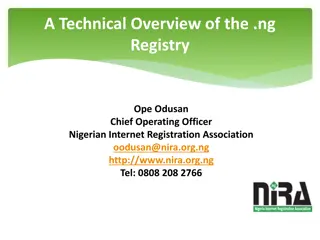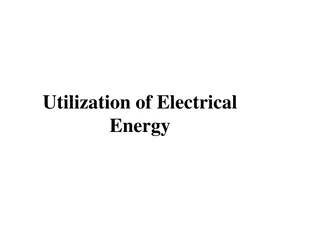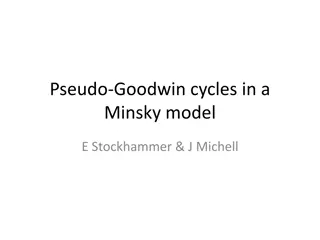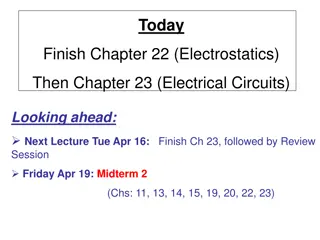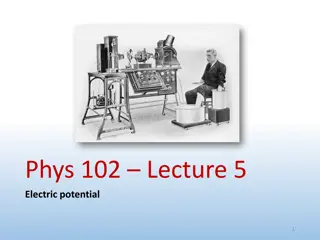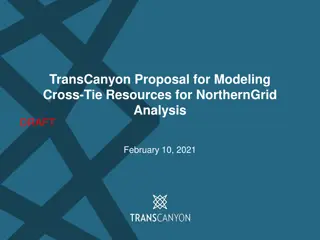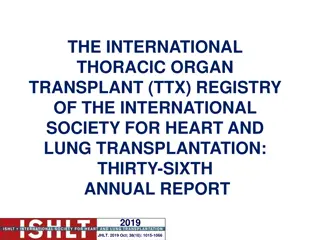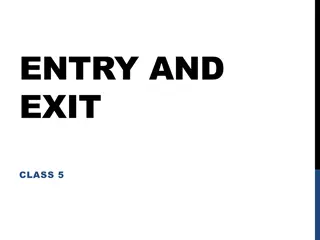Pseudo-Tie Entry in Electric Industry Registry
Explore the requirements and measures of NERC Standard INT-004-3.1 for dynamic transfers in the electric industry. Learn about data fields required for pseudo-tie entry and approval methodology in the Electric Industry Registry. Discover the publishing schedule for EIR entries and the approval process for various object modifications.
Download Presentation

Please find below an Image/Link to download the presentation.
The content on the website is provided AS IS for your information and personal use only. It may not be sold, licensed, or shared on other websites without obtaining consent from the author.If you encounter any issues during the download, it is possible that the publisher has removed the file from their server.
You are allowed to download the files provided on this website for personal or commercial use, subject to the condition that they are used lawfully. All files are the property of their respective owners.
The content on the website is provided AS IS for your information and personal use only. It may not be sold, licensed, or shared on other websites without obtaining consent from the author.
E N D
Presentation Transcript
Pseudo-Tie Entry in the Electric Industry Registry
NERC Standard INT-004-3.1 Dynamic Transfers B. Requirements and Measures R1. Each Purchasing-Selling Entity that secures energy to serve Load via a Dynamic Schedule or Pseudo-Tie shall ensure that a Request for Interchange is submitted as an on-time1 Arranged Interchange to the Sink Balancing Authority for that Dynamic Schedule or Pseudo-Tie, unless the information about the Pseudo-Tie is included in congestion management procedure(s) via an alternate method. R3. Each Balancing Authority shall only implement or operate a Pseudo-Tie that is included in the NAESB Electric Industry Registry publication in order to support congestion management procedures.
Data Fields for Pseudo-Tie Entry Pseudo-tie entry form contains data normally found on a e-tag Not all fields of the Pseudo-tie Entry form are required Transmission Contract Number (ARef, Agreement Number, GFA reference Can be null Comments MW value of registered pseudo-tie or supporting transmission contract not an explicit part of registration
Data Fields for Pseudo-Tie Entry Pseudo-Tie Entry Data: OASIS vs EIR Object OASIS EIR Source BA N/A Y Drop Down (Required) Source N/A Y Drop Down (Required) TP N/A Y Drop Down (Required) POR N/A Y Drop Down (Required) POD N/A Y Drop Down (Required) Scheduling Entity N/A Y Drop Down (Required) Transmission Contract Number N/A Y Free-form (Not Required) Sink BA N/A Y Drop Down (Required) Sink N/A Y Drop Down (Required) Comment N/A Y Free-form (Not Required) Existing Pseudo-Tie N/A Y Check Box Effective Date N/A Y (both Start and Stop)
EIR Approval Object Approval Methodology Most object require approval by affected entity Approval automatic for entering entity Source/Sink entries have a 5 day approval period Pseudo-ties have a 10 day approval period Most modifications have a 5 day approval period
EIR Publishing Schedule webRegistry published daily at midnight Emergency publications can be done for a fee Approval to Published for most items requires 3 days Day 1: Object approved Day 2: Object moves to the To Be Published file Day 3 00:00: webRegistry published Entries not instantaneous with a refresh.







